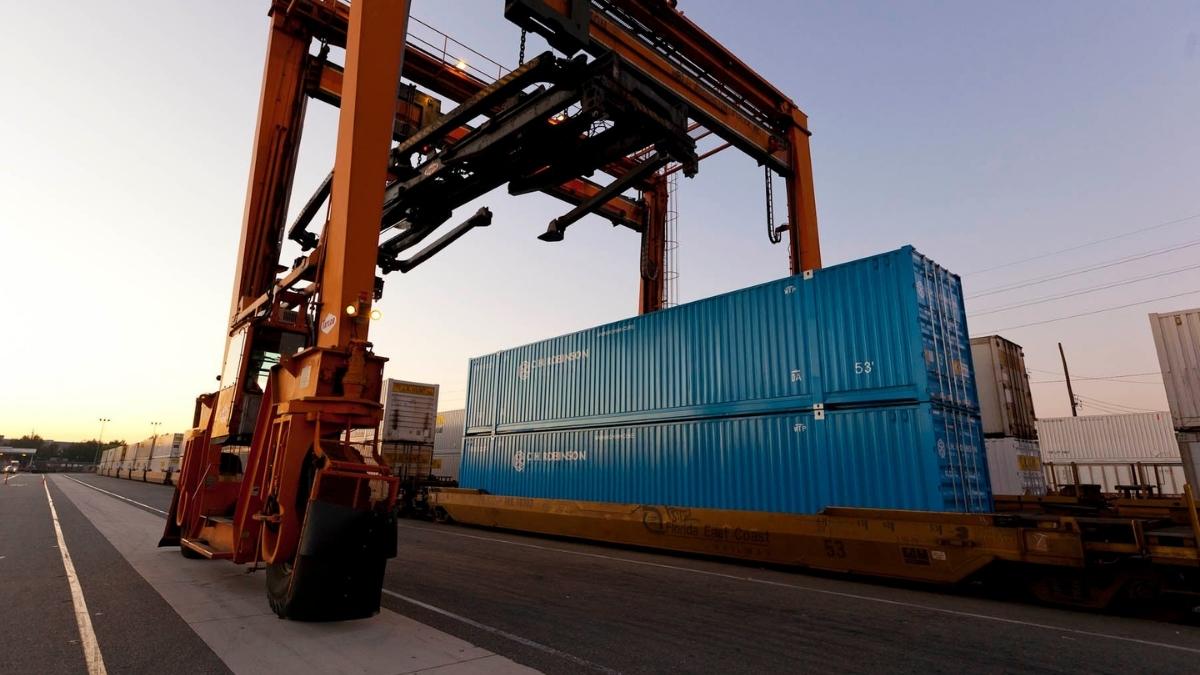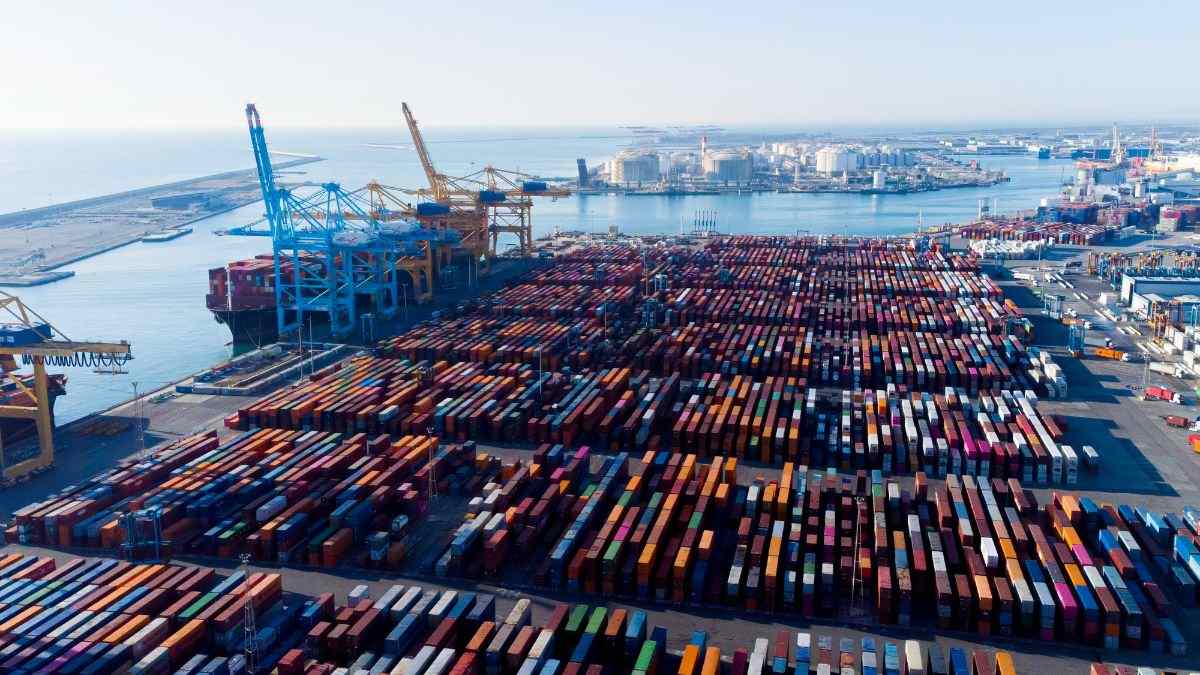
The legal landscape for tariffs is shifting. On August 29, 2025, the Court of Appeals for the Federal Circuit (CAFC) upheld a lower court ruling that the U.S. administration did not have the authority to impose tariffs under the International Emergency Economic Powers Act (IEEPA). The U.S. Supreme Court has now agreed to an expedited review of the case with hearings set for this November.
The outcome could reshape the legal foundation for emergency trade actions and determine how billions of dollars in duties are treated. For importers, the months ahead will be critical for safeguarding potential refunds and preparing for shifting compliance requirements.
With so much at stake, it’s important to understand the timeline, the potential options your business may leverage now, and best practices to position your business for the decision ahead.
What happens between now and November?
Although the U.S. Supreme Court will review the legal basis for the president to impose tariffs under IEEPA, CAFC sent the case back to the Court of International Trade (CIT) to determine if a nationwide injunction should be upheld or if only those who filed suit would be eligible for any refunds. If IEEPA is overturned it is unknown how CBP will handle the refund process.
What actions should importers take?
Importers should review their entries impacted by the IEEPA tariffs and take steps now to protect potential refunds should the U.S. Supreme Court deem the tariffs unconstitutional.
Before taking any action, importers may want to consult with a trade attorney or third-party consultant to determine the best course of action for their business.
Here are a few actions to consider now:
- Entries not liquidated: Closely monitor liquidation timelines, especially for entries cleared earlier in 2025. Entries submitted in February or March with IEEPA tariffs will liquidate in the coming months. Importers can consider requesting an extension of liquidation from CBP which, if approved, will extend the liquidation of the suggested entries for one year (up to 3 years with additional extension requests). Keep in mind, CBP approval is not guaranteed. If denied, importers will need to continue monitoring entries and seek alternative actions. There may be bond implications as well if entries are extended beyond their normal liquidation cycle.
- Entries liquidated or rate advanced by CBP: For entries that have already liquidated, review the liquidation dates and consider filing a protest to preserve potential refunds. Importers have 180 days from the date of liquidation to file a protest. Entries tied to CF29 Notice of Action with additional duties owed should be prioritized for review. Importers should not file protests on entries prior to liquidation, as these will result in automatic rejections and could impact future actions. Importers who file reconciliation or drawback may need to review this option more closely as protests will impact those filings. option more closely as protests will impact those filings.
- File Suit: If an importer wishes to file their own court case, they will need to consult a trade attorney to discuss their options. This may be necessary if the CIT rules that a nationwide injunction is not permitted. C.H. Robinson can provide a list of trade attorneys if an importer does not already have one.
Best practices for importers
In addition to immediate actions, there are several best practices your business can implement if it has not already:
- Monitor your entries: Use your ACE Portal account to monitor entry liquidation and CF28 and CF29 requests from CBP. Importers who do not have an ACE Portal can apply for one with CBP. for one with CBP. Essential ACE Portal reports include: reports include:
- ES-003 – Entry Summary Line Tariff Details: entries with IEEPA Tariffs
- ES-013 – CBP Form 28, 29, 4647, 6051D Status Report: entries with CBP requests or actions
- ES-701 Courtesy Notice of Liquidation: entries liquidated by CBP
- Sign up for ACH refund: ACH provides faster, more secure refunds than paper checks and reduces risk of lost or stolen payments. See our client advisory for additional information.
- Review records: Identify which entries are impacted by IEEPA tariffs, including any tied to CF28/29 notices, entry rejections, or other CBP actions.
- Reporting: Leverage ACE Portal and/or U.S. Customs Analytics to generate reports that pinpoint entries impacted by IEEPA tariffs.
The IEEPA case has created a rare window of uncertainty—and potential opportunity—for U.S. importers. Acting now to review records, monitor entries, and preserve your rights could make the difference between recovering significant refunds or missing out entirely.
Every importer’s situation is unique, and the timeline is short. Don’t wait until the Supreme Court decision is announced. Consult with your C.H. Robinson representative for additional information.
Stay informed
Developments in customs and trade continue to evolve—stay informed to be prepared:



